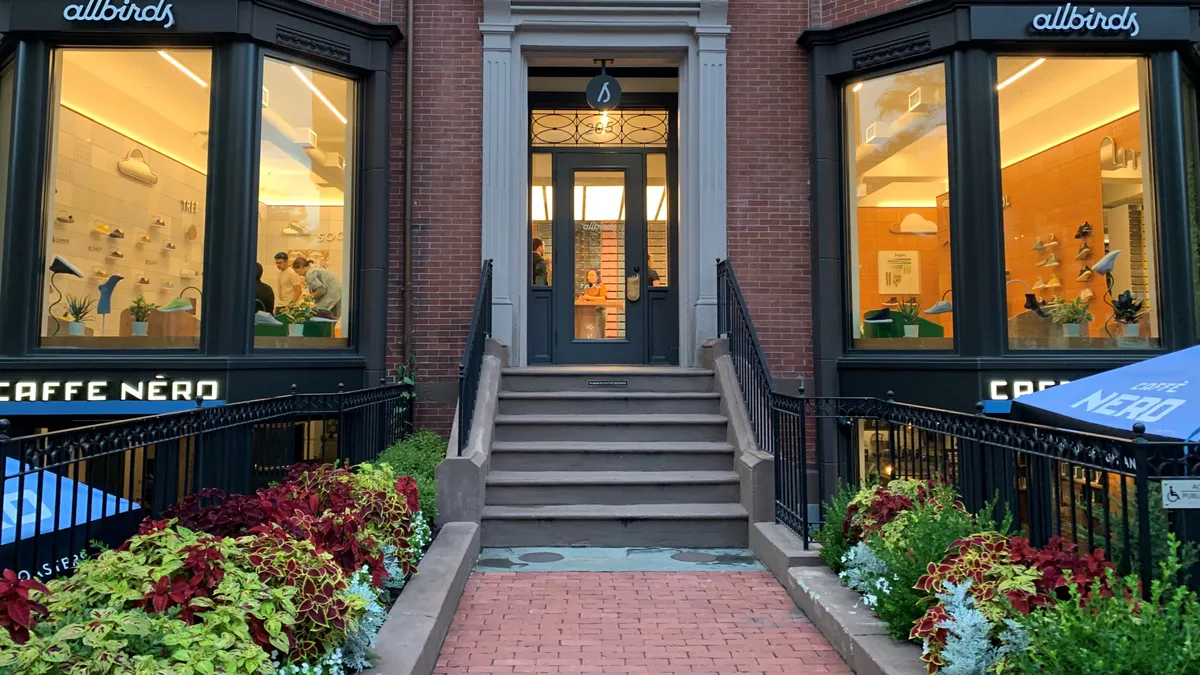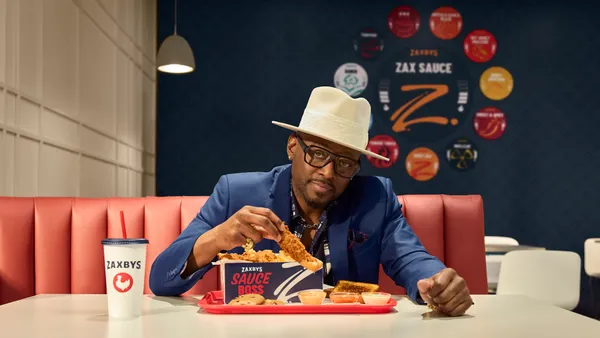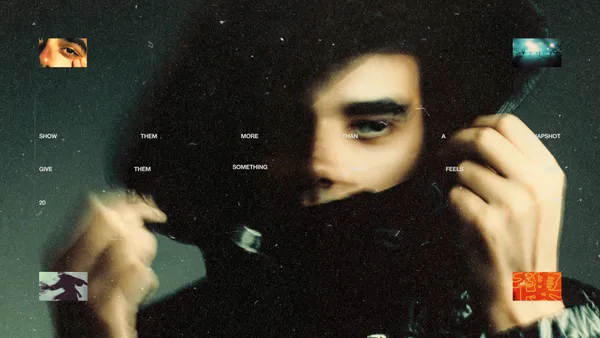WASHINGTON — With demand for purposeful brands soaring, marketers are increasingly weaving cause-related efforts into the mix. Aligning with a charitable cause that relates to a brand's values — and taking real action to support it — has led to tangible impact in forging deeper connections with socially conscious consumers. But that type of strategy is old news for nonprofits, which have employed cause-centered messaging for decades to win support for movements and drive donations, panelists explained at the recent ANA Nonprofit Conference in Washington, D.C.
Just as brands are tapping into nonprofits' modes for appealing to consumers beyond selling products, nonprofits like the National Audubon Society (Audubon) and National Trust for Historic Preservation are borrowing modern marketing tactics espoused by today's deep-pocketed brands to reach the increasingly valuable millennial audience.
"This generation's philanthropic impact will only grow in the coming years; the time to cultivate their support is now," said Liz Murphy, EVP and partner at nonprofit marketing agency Beaconfire RED. "Remember that it's a long game. It really is. The continued cultivation of these folks and getting the right offer in front of them is really important."
A partnership not for the birds
For Earth Day 2019, Audubon teamed with direct-to-consumer shoe brand Allbirds on a campaign and limited-edition collection highlighting several species of birds endangered by climate change. The move targeted a mostly millennial audience (20- to 40-year-olds) with paid ads on Facebook and branded content in The New York Times, and generated nearly 334,000 impressions from potential supporters, Beaconfire RED Advertising Specialist Anne Davis said during the panel, "Authenticity and Experiences: Cultivating Millennial Donors." The shoes sold out in five days.
Though Audubon's ads sent people to Allbirds' website, barring the nonprofit from capturing contact details, Facebook's retargeting tools allowed the organization to collect audience information and fold them into its ongoing lead generation campaign and lift the projected return on ad spend (ROAS).
"So even if you're not directly targeting this group as a separate audience, it's important to keep in mind that sometimes broader targeting can passively grow your donor base."

Anne Davis
Beaconfire RED, advertising specialist
A key ingredient to prompting donations down the line is ramping up acquisition efforts around a wide range of people and continuously nurturing those relationships, according to Davis.
"A lot of organizations will exclude millennials from their target audience because they know their donor base is 50 and up, and they want to tighten up their ROAS," she said. But widening the target audience range on Facebook and Instagram can spur new relationships and more donations, she added.
"So even if you're not directly targeting this group as a separate audience, it's important to keep in mind that sometimes broader targeting can passively grow your donor base."
Seamless social experiences
Nonprofits are growing savvier in their campaigns and tapping popular platforms like Instagram and Buzzfeed to reach the increasingly valuable millennial audience. Audubon has leaned heavily on Facebook over the past two years for its lead generation forms and gated content, such as the "Find out what Basic Bird you are" quiz.
"The great thing about Facebook lead forms is that they create a seamless user experience, so you're able to capture people's information while they're on Facebook without sending them to your website or forcing them to leave the platform. It's worked really well for this younger audience that does not want to stop scrolling through their news feed," Davis said, adding that there is a correlation between cultivating audiences now and driving future donations.
Similarly, Instagram serves as a hub for Audubon's social media outreach. Instagram Stories and their swipe-up calls to action let users seamlessly view the nonprofit's website without leaving the app, something the ANA panelists say helps to supplement millennials' low email open rates.
"Instagram is a really powerful channel, especially when you're dealing with something that is very, very visual," said Andrew Simpson, VP of marketing at National Trust for Historic Preservation.
The ANA panelists suggested nonprofits forge partnerships with relevant brands to amplify their message and tap into commercial businesses' marketing know-how. This third-party validation allows organizations to align themselves with buzzy brands in order to increase credibility and trust among consumers. Audubon teamed with publications Buzzfeed and The Onion on satirical pieces like "Audubon Society Revokes Black-Capped Chickadee's Membership After Species Fails To Pay Dues."
"Try to create content to weave into your content team — not just your marketing and fundraising team — so you're attracting this younger audience in creative ways," Davis said.
'It takes a village'
Older generations such as baby boomers and Gen X tend to donate more in terms of dollars, according to a study by The Next Generation of American Giving. But considering that millennials' buying power has yet to peak, symbolic giving resonates with this generation more than others, per Davis.
"This can be anything from giving in honor of a loved one or matching a $50 donation with planting 50 trees — that sort of symbolism," she said.
Based on those insights, Audubon developed a storytelling-based strategy that includes a virtual adoption center, where people can donate to symbolically adopt a bird, and in exchange, they receive a thank you note and certificate of adoption.
"We kind of took from the e-commerce tool kit and had [Audubon] create an unboxing video," Davis said. After promoting the unboxing videos on Facebook around Valentine's Day and Father's Day, the video spots "blew up" in comparison to the organization's previous static ads.
Despite the typically smaller budgets, nonprofit marketers can borrow tactics from big brands to engage millennial donors. Rather than making one-off donations to random charities, millennials are a generation characterized by integrating causes they value into their daily lives and purchasing behaviors. Nonprofits can tailor interactive videos, social media outreach and humorous content to the demographic's digital habits to nurture deep relationships and develop lifelong donors, according to Beaconfire RED's Murphy.
"Marketing, communications and fundraising have to work hand in hand. You need content folks, you need corporate partnership experts, and you'll really need to think through the experiential aspect of events," she said. "It takes a village — a multichannel village — to do all of this."























